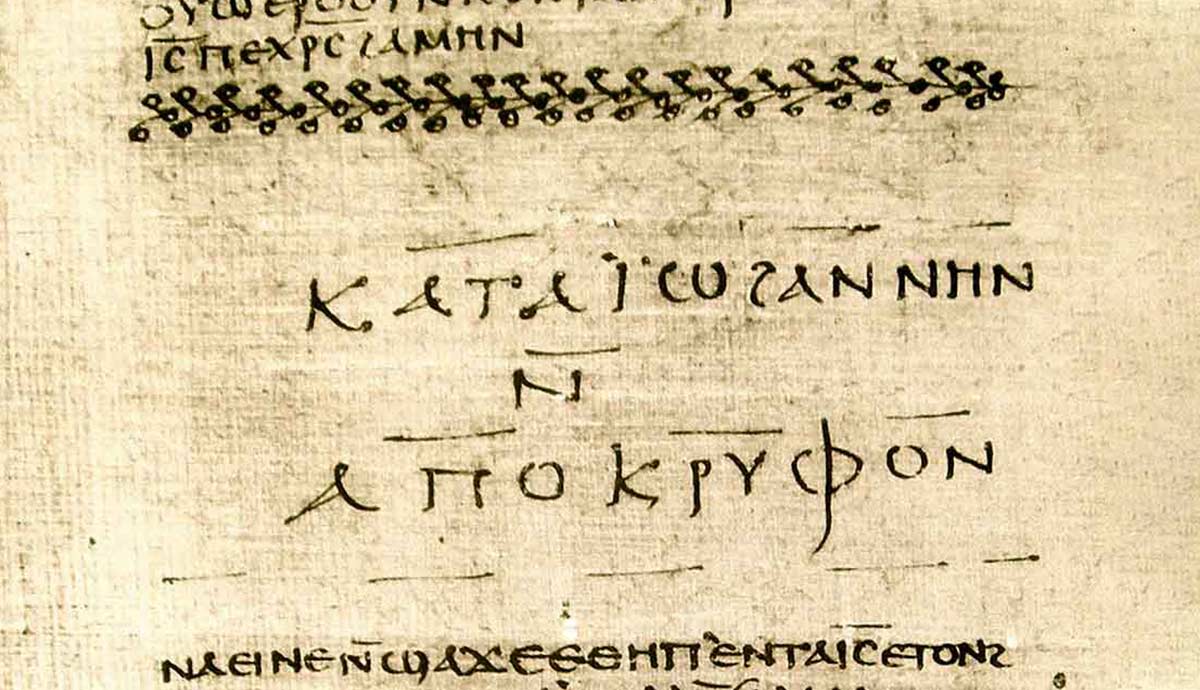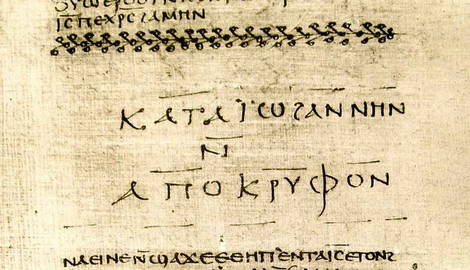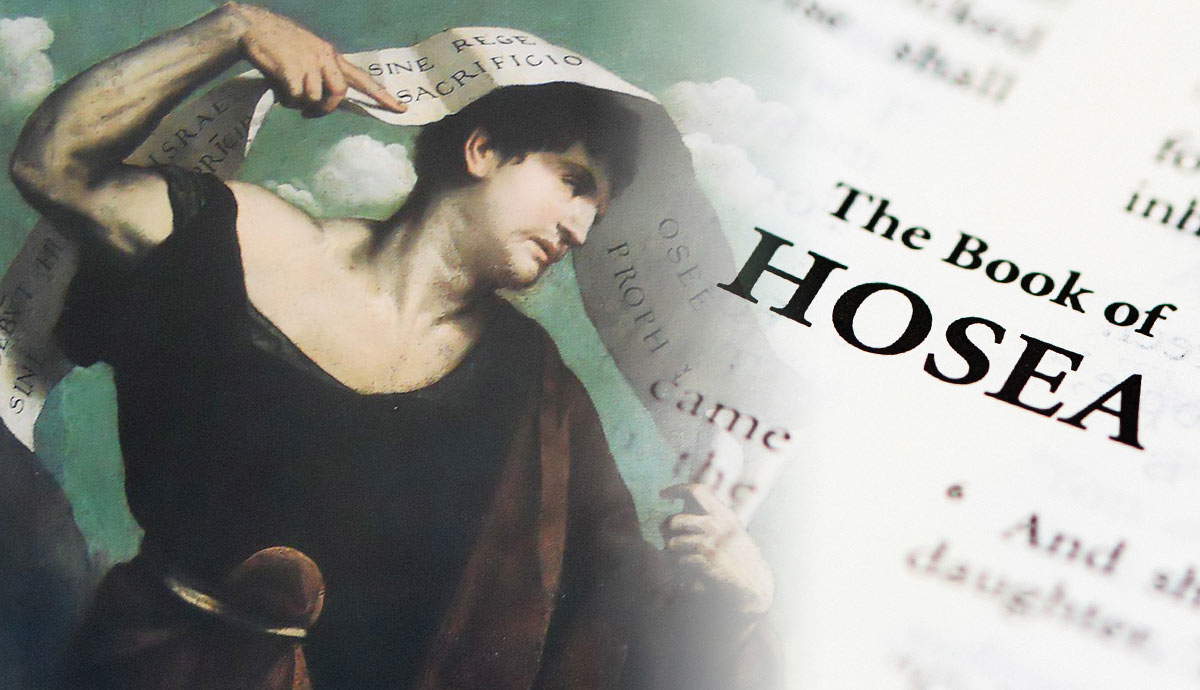
In the early years of Christianity, following the time of the New Testament, multiple books were circulated around the newly formed churches. Among those books and letters, a consensus among the churches arose as to which ones were authentically written by an apostle of Jesus Christ (Such as Matthew, Paul, or John), or someone intimately familiar with one of the Apostles (such as Luke or Mark).

Many other books, however, were circulated among the churches that had both dubious content and authorship. These books became known as the pseudepigrapha (from the Greek term meaning ‘falsely inscribed’), and they are not considered to be scripture by the leading religious denominations. They are written about a variety of topics, including historical narratives, wise fables, and elements of literature.
Well-Known Books of the Pseudepigrapha

Some of the well-known books of the pseudepigrapha are the Gospel of Thomas and the Apocryphon of John. These books, and many others, were discovered in 1945 near the northern Egyptian town of Nag Hammadi, a collection of texts now known as the Nag Hammadi library, held in the Coptic Museum in Cairo, Egypt. Up until that point, what was known of many of these books was only through the eyes of their critics, with limited quotations. Others include the Book of Enoch, the Book of Jubilees, and the Apocalypse of Moses.
Origen on the Gospel of Thomas

While he was compiling his histories, the Christian scholar and theologian Origen of Alexandria (185 – 254 CE) did not include the Gospel of Thomas as a canonical scripture. However, Hippolytus of Rome, a third-century church leader, wrote against a group called the Naassenes who used the Gospel of Thomas:
“And concerning this (nature) they hand down an explicit passage, occurring in the Gospel inscribed according to Thomas, expressing themselves thus: He who seeks me, will find me in children from seven years old; for there concealed, I shall in the fourteenth age be made manifest. This, however, is not (the teaching) of Christ, but of Hippocrates.”

Cyril of Jerusalem, an esteemed theologian in the 4th century, wrote:
“Then of the New Testament there are the four Gospels only, for the rest have false titles and are mischievous. The Manichæans also wrote a Gospel according to Thomas, which being tinctured with the fragrance of the evangelic title corrupts the souls of the simple sort.”
Through the Eyes of a Critic: Irenaeus of Lyons

In his Against Heresies (180 CE), the Greek Bishop Irenaeus of Lyons condemns various apocryphal books and groups, particularly Gnosticism. In fact, most of what we know about Gnosticism today comes from Irenaeus’ works, as he provided descriptions and criticisms of their beliefs. Of the Marcosians, he writes:
“… they adduce an unspeakable number of apocryphal and spurious writings, which they themselves have forged, to bewilder the minds of foolish men, and of such as are ignorant of the Scriptures of truth.”
Irenaeus also condemns the Apocryphon of John and the Gospel of Judas, as well as The Gospel of Truth, which may have been written by the leading gnostic Valentinus in the 2nd century.
Other Opposition to Gnostic or Similar Texts

Other than the Gospel of Thomas, which is well known for receiving attention from harsh critics, and Irenaeus’s specific condemnations of apocryphal books and groups, only a very small number of gnostic texts were preserved by the early church. There are a few other mentions throughout Biblical history to the so-called ‘missing’ books of the Bible, but because Gnosticism faded away quickly after the 300s when Athanasius wrote his Vestal Letter upholding the canon scriptures and condemning the others, there remained little to write against. Gnostic texts were not recopied like the rest of the books of the Bible, so they faded away and over time their followers eventually died off.










